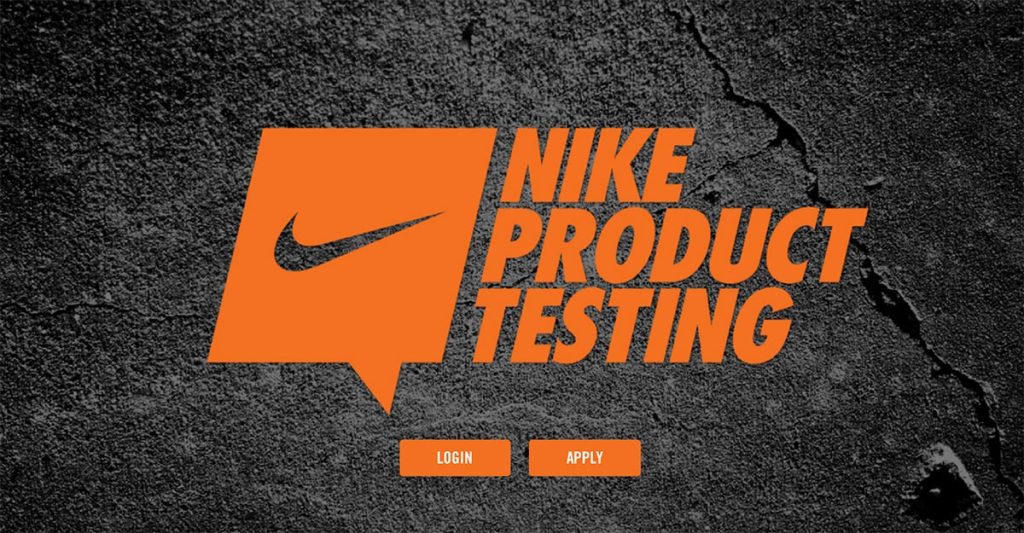The Ultimate Guide to Nike Product Testing

Anúncios
How to Become an Official Tester (and How It Stacks Up Against Adidas & Puma)
Why Product Testing Matters
Sports gear doesn’t just appear on shelves—it’s tested, tweaked, and refined long before you buy it. Big names like Nike, Adidas, and Puma spend millions every year developing new tech for shoes, apparel, and equipment. But one crucial step in the process is often overlooked: real-world testing by actual athletes and consumers.
Anúncios
That’s where product testing programs come in. For Nike, this effort is known as Voice of the Athlete, and it’s one of the most sought-after opportunities in the sportswear world. Let’s break down how the program works, what you can expect if you’re accepted, and how it compares to Adidas and Puma’s initiatives.
Inside the Nike Product Testing Program
What It Is
Nike Product Testing is a program that lets everyday athletes—runners, ballplayers, dancers, skaters, and more—try out unreleased gear before it ever hits the market. Testers get free shoes, apparel, or accessories for a set period of time, then provide detailed feedback.
Unlike lab tests, which can only simulate so much, these real-world trials show Nike how products hold up in daily training and competition. The result? Smarter designs and stronger products for the mass market.
Who It’s For
Anúncios
Nike looks for a wide range of testers:
- Adults 18+ (with a kids’ program for those under 12)
- Athletes across dozens of sports, from soccer and basketball to golf and skateboarding
- People willing to use products consistently and share detailed, honest feedback
How the Process Works
Here’s the streamlined version of what to expect:
- Apply Online – Create a profile at Nike’s official Voice of the Athlete site.
- Sign the Agreement – A legal release that makes it clear products remain Nike’s property, and testers assume the risks of use.
- Share Your Profile – Height, weight, shoe/apparel sizes, shipping address, and sports you actively play.
- Take the Questionnaire – Tailored to your chosen sports; Nike wants to know your experience level and frequency of play.
- Wait for Selection – Nike chooses testers based on availability, demographics, and testing needs. Selection can take weeks—or months.
- Get Your Gear – If picked, Nike ships the product with detailed instructions on how to use it.
- Test Period – Usually 4–8 weeks of regular use, with activity logs required.
- Submit Feedback – An online survey covering comfort, durability, performance, and design.
- Return the Product – Send it back using Nike’s prepaid labels so their team can analyze wear and tear.
How It Compares: Nike vs. Adidas vs. Puma
Adidas Product Testing
Adidas runs a similar program but with a stricter rulebook. Key differences:
- Must be 18+ (no kids program).
- Participants must read/write English or German.
- Strong exclusivity clause: no testing competitors’ products during the trial, and in some cases up to 18 months after.
- Test periods are shorter (2–4 weeks).
- Participants must log specific weekly activity minimums.
It’s more rigid than Nike’s program but appeals to athletes who want a structured, European-focused experience.
Puma Product Testing
Puma takes a more digital-first approach with its Digital Product Testing Platform. The process is streamlined—application, qualification, testing—and emphasizes ease of use.
A standout initiative is the “30 Day Test Run” for running shoes: try a pair for a month, return them if they don’t work for you. It’s part product testing, part consumer trial.
Puma’s setup feels modern, but it’s less extensive than Nike’s, with fewer categories and opportunities overall.
Pros & Cons at a Glance
Nike
- ✅ Wide range of sports and age groups
- ✅ Longer test periods (up to 8 weeks)
- ✅ Huge product variety
- ❌ Selection process can be slow
Adidas
- ✅ Structured, exclusive program
- ❌ Shorter tests
- ❌ Strict exclusivity limits flexibility
- ❌ Limited age eligibility
Puma
- ✅ Tech-friendly, fast application
- ✅ Consumer-friendly trial options
- ❌ Narrower scope of testing
- ❌ More marketing-driven than experimental
Tips to Boost Your Chances
- Be real – Brands want authentic athletes, not exaggerated résumés.
- Stay active – Regular play in your sport matters more than elite status.
- Update your profile – Testing needs change; fresh info helps you stay in the pool.
- Respect confidentiality – Sharing unreleased product details can get you banned.
Things to Keep in Mind
All three programs require participants to sign lengthy agreements. In short:
- You test at your own risk.
- Products remain the brand’s property.
- Confidentiality is non-negotiable.
Breaking those rules can mean permanent exclusion—or worse, legal consequences.
The Bottom Line
Nike, Adidas, and Puma all rely on real athletes to shape the future of sports gear. Nike’s program is the broadest and most inclusive, Adidas offers a more controlled but shorter experience, and Puma emphasizes speed and digital convenience.
If you’re serious about testing, the best approach is simple: apply honestly, stay active, and commit to the process. Beyond free gear, you’ll get a front-row seat to the innovations that will define the next generation of athletic performance.
Nike’s “Voice of the Athlete” program is a unique opportunity for those who are passionate about sports and innovation. The idea is simple: real people get to test shoes, apparel, and accessories before they even hit the shelves.